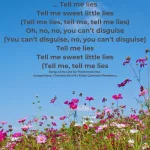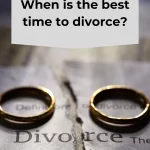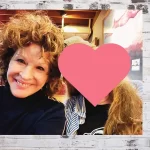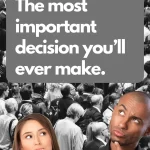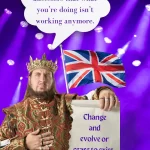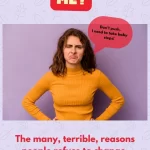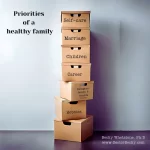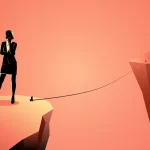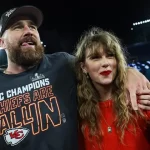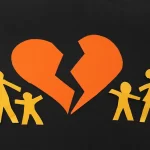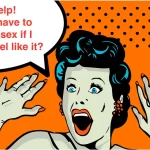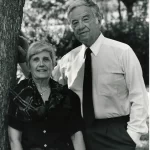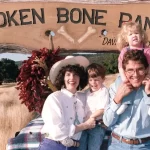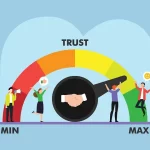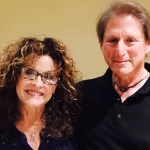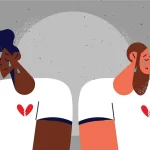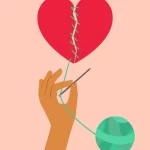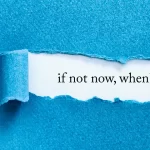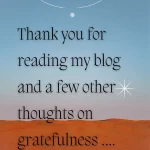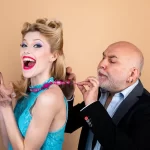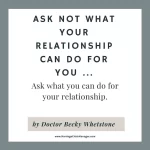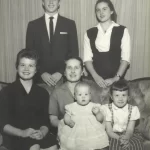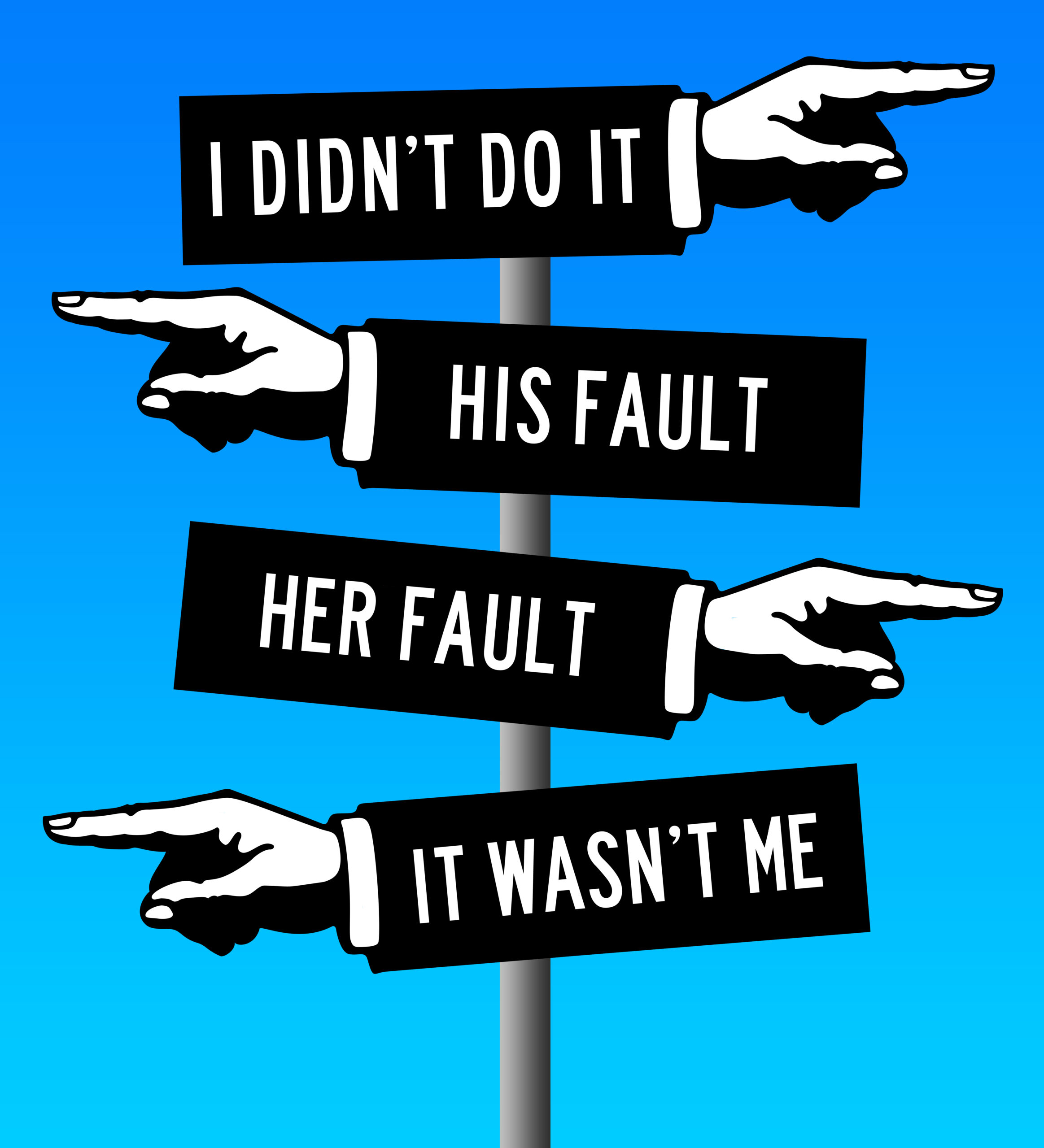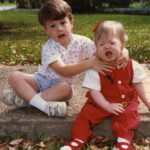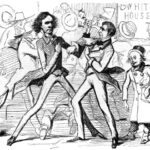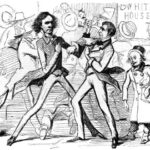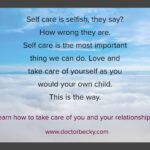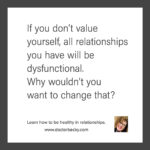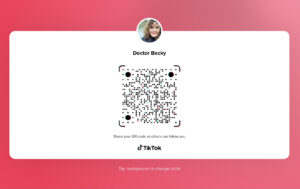Counseling & Therapy for Individuals, Couples, & Families in Little Rock, AR. Find out when therapy is indicated, Becky's … Learn More
Becky is writing a book: What it’s like behind the scenes.
by Becky Whetstone, Ph.D.
It is true that I have been writing a book for the last 16 months, and the process has been long, lonely, and arduous, but I’m determined to see it through because I believe strongly that the information in it has the potential to change society in a positive way … from preventing marriages that should not take place to saving marriages that might otherwise not have been saved. It contains information I wish I had known when I was married, and am thankful to know now.
The title of the book is: Heal Your Marriage: Diagnosing and Recovering From Your Marital Illness. It’s about a phenomenon similar to the five stages of grief we all know about … and it’s this: every unhappy marriage becomes ill, and then deteriorates in four predictable stages. If nothing is done to stop the progress of the illness, the marriage will die.
Marital illness is that like many cancers, if a couple can detect and deal with it early, it can be relatively easily returned to health. If found late, it may be dealt with as a chronic problem that may or not be easily managed, or it may continue its deterioration and die.
My book describes this process in detail, and also prescribes a plan for stopping the illness. The beauty of understanding how ill a marriage is, is that once a person understands that his or her marriage will die if nothing is done, it often serves as motivation to jump out apathy and do the work necessary to save the relationship. I can tell you as a marriage therapist that one of the most frequent problems I see is couples who wait too late to work on saving their relationship. My book underlines the importance of early detection and treatment of marital discord!
I learned about this process while researching my dissertation at St. Mary’s University in San Antonio. I was studying what happens between the time a couple decides to marry, and then years later, decides to divorce. Past research described the phenomenon of the stages in which a marriage dies, and my own research backed it up. In addition, I learned some new insight and aspects to the process that I describe in my book.
So the question is, when will the book be published? Unfortunately the answer is: I don’t know. What I do know is that when I started writing the book, I had no idea how complicated and difficult it is to write and sell a book idea to a publisher. I had thought that all a budding author needed was a great idea, credentials, and the ability to write. I knew I had all three, but now I know that it’s not that simple.
Most nonfiction writers such as myself must spend many months, and sometimes years, writing and preparing a detailed and professionally researched book proposal. There are books written about how to do this, and it is absolutely necessary to understand the process and to do it right, otherwise when you send your project around to potential agents, you’ll be ignored, and being ignored means that most likely you will never sell your book.
I have spent 16 months writing a proposal, and this includes the first three chapters of the book. Even though I have experience as a professional writer, I found that to make it the best it could be I needed to hire a professional writing coach who has experience with proposals and book writing. I have found her editing and suggestions expensive, but a necessary Godsend that may make the difference of ultimately getting the book sold.
If you’re writing a nonfiction self-help book like I am, all an author needs to sell it is the proposal and the first two or three chapters. I say “all you need,” like it’s no big deal, but the point is, the book doesn’t have to be completed. Fiction writers, for example, must have a finished manuscript in order to sell a project. My proposal and the chapters is 60-typed pages long and contains an overview, a detailed outline of the book, an analysis of competing books, a biography about me and why I am the one to write the book, a marketing plan, and more. Now that the proposal is complete, I spend any time I can find to email and writing query letters to literary agents, who I hope will agree to represent me and my project. The agent’s job is to pitch it to publishers.
If an agent is interested after reading my query letter containing a description of my book and my qualifications, he or she will often request to see the proposal. Some want this emailed, and others want me to send a hard copy. Each time a hard copy proposal is requested it costs me at least $30 for postage, copies of the proposal, and all the other promotional items I include in the packet. This weekend I sent out four, and in the past I have sent out dozens more, so you can see that the cost of finding an agent can add up fast.
If I do get an agent who believes in my book, and he or she sells it to a publisher, then we’ll get a monetary advance, and I will be given a certain amount of time to write the rest of it – usually about a year. Once published, it will be up to me to market and promote the book. If I want it to be a best seller, it will mean traveling the nation doing speeches, workshops, print, radio and television promotion, all at my own expense. (This is how the Chicken Soup books caught on – the two authors stopped what they were doing and went around the nation promoting it everywhere they could).
Now that I’ve learned all I have about writing and selling a book, I have true admiration for every title I see on a bookstore shelf for I know what an author went through to get it there. It is truly an admirable feat that could only be done by someone who feels passionate about what he or she is doing.
Now, when I hear a person say, “Oh, I’m going to write a book about that,” I think, “Good luck!” Having a book published by a bona fide publisher (not self-published) is easier said than done. So, wish me luck and good wishes – I promise to work hard to make it happen … it’ll be fascinating to see how it all unfolds.
Dating With a Brain
By Becky Whetstone, Ph.D.
We know the world is full of unhappily married couples, but guess what – it’s also full of unhappily dating couples. That’s right – I’m talking about unmarried men and women in committed relationship who are hopelessly incompatible and remain together even though they don’t have to. The question, of course, is why?
Well, the answer is complicated, but some of the most common reasons people continue to date someone they don’t like or get along with are: the fear to be alone, fear of the unknown, and hatred of the dating scene. Also, many times a person either enjoys unhappiness and turmoil, or has never experienced peacefulness and contentment and thinks it’s normal to be unhappy with another person. Any way you look at it, it’s sad.
But one thing I’ve been seeing lately is that some single couples who knew there was trouble almost from the start ignore the obvious and start amassing material things such as houses, puppies, and furniture … things that quickly complicate the relationship and become an anchor that weighs down two people who otherwise might walk away.
That is why I am calling today for singles to take drastic action and to begin a new and different process of dating and getting to know one another. It’s a process I call, “Dating With a Brain.” Yes, instead of acting on instinct like animals, singles will now engage the cerebellum and use thoughtfulness, mindfulness, and self discipline when it comes to dating and love-related decision-making.
Once this occurs, we will see the end of unhappiness as we know it. There will be no more road rage or divorce. Flowers will bloom, kindness will rule, and we all will live life the way it was meant to be lived – joyfully and peacefully.
Hey, I know what you’re thinking – that using the brain to make wise relationship decisions is extraordinarily difficult, and almost no one can – or will – do it. Call me a dreamer, but I think it’s possible. I know, because I do it myself.
Here are the guidelines I suggest that singles use to begin the process:
1. Be happy with yourself. This is important, because you won’t make a great partner if you don’t like and respect you. Self esteem forms the foundation for the healthy relationship that you will eventually have, and if you start with this, you will accept nothing less than decent and respectful behavior from others.
2. Be able to be alone. If you can be alone, then it means you can wait for a relationship that is healthy for you, and that is worth waiting for. Too many people feel that they cannot be without a relationship, and this sets them up for one mess after another. Example: Bob dates Sue, who he doesn’t like that much, and then dumps her to upgrade to Debbie, who he does. What Bob doesn’t know is that Debbie doesn’t like him that much … and, well, you get the idea.
3. Stay busy and interested in life. One of the chief reasons people rush into unhealthy relationships is due to loneliness. If you stay connected to friends and activities, then you’ll be less likely to leap into something that isn’t right.
4. Give people a chance you normally wouldn’t. Guess what – the person who is a great fit for you may not look like you imagined, have the sense of fashion you’d hoped for, or live as close as you’d like. But if the person is kind, decent, and has integrity, give him or her the benefit of the doubt, and see what unfolds.
5. Date. Too many singles soar from one or two dates to love and going steady. I’ve even had singles tell me they don’t know how to “date.” Well, here’s how: If you are interested in a person, go out, then continue going out, and go out some more. You don’t have to narrow it down to a one-person commitment right away. Keep your options open as long as you can … see what’s out there, and even if you do decide to date only one person, it doesn’t mean you have to declare he or she’s The One. Spend time getting to know one another, be patient, let the closeness progress or … or not.
6. Believe people when they show you who they are. If you go out once or a few times and your date is late to pick you up (or isn’t ready when you get there), drinks too much, talks about or does things that cause you to feel uncomfortable, tries to push you farther than you want to go, doesn’t do what he or she says she will, expresses beliefs and values that are wildly opposed to how you believe, comes on strong — and soon pulls back, shows a lack of honesty or integrity … then save yourself weeks, months or years of misery, and end it.
7. Hold on to your heart. Don’t give your heart away – allow a person to earn it. In a healthy relationship, friendship, compatibility, and companionship come first, romance comes second. If a person wants to rush it, then assume he or she doesn’t have your best interest at heart.
8. Ease into commitment. Commitment is an important decision. It means: I’m off the market and I want to go out with you and ONLY you. Think about it.
9. Commit, but take it easy. OK, you want to be exclusive. Date, enjoy, love the person. But don’t move in, buy a house, puppy, or anything else together that will make it difficult to break up should issues come up that make it unworkable.
10. After time, get serious. A couple needs to see one another in many situations over time. Do that, and if after a year or more things go well and the person continues to be decent, kind, honest, then take it to a serious, committed level – still, don’t buy things together unless you’re willing and able to get stuck with all of the financial commitment.
The things I mention here sound difficult, but they are doable and will ensure that you don’t end up in relationships that ultimately cause you to feel miserable and trapped. Your brain is ready and willing to do the work, if you’ll let it.
My first (blog!) column is here! Comments welcomed!!
by Becky Whetstone, Ph.D.
Jenny was only 18 years old, and my heart ached to see her cry over the loss of her first love. It was one year after it had ended, and her father was so worried about her withdrawing and isolating from friends and activities that he sent her to me to see if I could help. In our first session, Jenny admitted that she didn’t want to come to counseling because she felt she already knew what to do, and that was to not trust people.
“It’s not worth the risk,” she said. “I don’t want to hurt again.”
I could relate. Just like many of us, I’d had experiences like Jenny’s, and for years followed a pattern of getting hurt, withdrawing and isolating, then reemerging to present myself for relationship, only to fall back into the same trap of getting hurt once again. After more than my fair share of heartache, I came to believe that hiding my heart and not making myself vulnerable was the only answer, but now I know that’s not true.
The problem is, most of us sway between totally trusting people, and having no trust whatsoever – and this becomes the framework for the unhealthy pattern of “Here I am, hurt me!,” followed by withdrawal and isolation. Now, instead of handing someone my full trust at the beginning of a potential relationship, I have learned that the answer lies in finding a neutral ground from which to start the journey.
The way I do it is by imagining a vertical scale – at the top of the scale is +10, and at the bottom of the scale is –10, and in the middle is a zero, or neutral zone. When I meet a person I am interested in, I begin my level of trust in the neutral zone, meaning I don’t trust, but don’t mistrust, either. Instead, I stay neutral and allow the person to make trust deposits or withdrawals over time, based on what he says and does. If John says he’ll call me tomorrow and doesn’t, then he gets a withdrawal. If he does call, he gets a deposit.
+10 = Total Trust
.
.
.
.
0 = Neutral Trust
.
.
.
.
– 10 = No Trust
When you’re getting to know someone you’re interested in, it’s crucial to pay attention to the clues and cues the other person is giving you, and to not ignore or minimize red flag warnings tossed your way. For example, if he says he’s going to do something and doesn’t, give him the deduction. Of course, egregious or generous actions are deducted or credited accordingly – if he forgets your dog’s birthday you might not deduct at all, if she says she’s home with the flu and you see her an hour later at Bob’s Bar doing the boogaloo, you probably ought to mark the account overdrawn. If he pays off your house, well, you know…
Managing your trust account means trust is earned and not given to anyone who falls into the negative zone – it’s that simple. The way I look at is that I consider my trust to be as valuable as a $1 million gold bar – and I wouldn’t just hand something like that to anyone. Instead, I need to get to know and learn about the person, I want to see how that person reacts to situations over time. If he earns credits and maintains the account at a high level of trust over a period of time, then he gets to hold the bar.
Remember, people show you who they are through their actions, and if a person can’t make enough trust deposits to stay in the positive zone, then it’s pretty obvious what needs to be done. Whether it’s a friend, romantic partner, co-worker, or Santa Claus, if the person maintains a negative balance in your trust account, then it’s time for him (or her) to go.
One last thing – now that you understand how the trust scale works, apply the same idea to love. Don’t throw your heart into a brand new relationship willy-nilly – instead, keep it in the neutral zone and let the person earn your love in increments over time. No matter how you look at it, there is risk when it comes to loving and trusting someone, and there are no guarantees. But if you use the Trust Account model, you will be making a thoughtful decision, and that’s what it’s all about.



 Becky Whetstone is an Arkansas native and has a Ph.D. in Marriage and Family Therapy from St. Mary’s University in San Antonio, Texas. She is a Licensed Marriage and Family Therapist (LMFT) in Texas and Arkansas.
Becky Whetstone is an Arkansas native and has a Ph.D. in Marriage and Family Therapy from St. Mary’s University in San Antonio, Texas. She is a Licensed Marriage and Family Therapist (LMFT) in Texas and Arkansas. 

